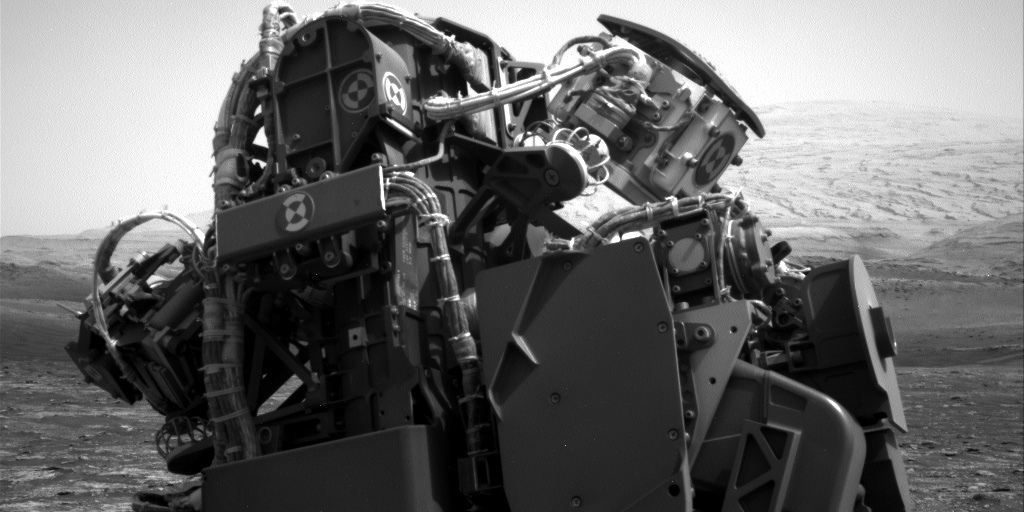2 min read

As we wait to drop the “Mary Anning 3” drilled sample off to SAM (hopefully in the next plan), Curiosity will utilize the time and power to continue monitoring the current dusty atmosphere on Mars, as well as the interesting chemistry of the rock at this location.
The ChemCam instrument will fire its laser at three targets, “Burgi,” “Woodside” and “Snowy Owl” to continue documenting the variations in element concentrations associated with different layers, colours and nodular/patchy features within the rock at this location. We will also acquire colour Mastcam documentation images of these targets and extend the imaging of the workspace.
It is the dusty season on Mars, so the environmental scientists on the team took the opportunity to plan a comprehensive suite of activities. Their prime goal is to monitor how the dust in the atmosphere affects opacity and to look for dust devil activity, but they also planned an observation to monitor cloud formation. Both Mastcam and Navcam will be utilized for these observations.
While we have drilled sample in the Sample Acquisition, Processing, and Handling (SA/SPaH) subsystem, we are unable to use the other instruments on the rover arm (MAHLI and APXS) for contact science. This means that as a member of the APXS team, it is normally a relatively quiet time for me, as we wait to dump the drilled sample from the SA/SPaH system. However, we are able to use the APXS, pointing away from the ground, to make measurements of the Argon content of the atmosphere (see accompanying image showing the APXS pointed up). We like to do this approximately every 4 weeks to record seasonal fluctuations, and we took the opportunity to plan such a measurement today.
The remainder of the plan includes standard REMS, DAN and RAD activities.
Written by Lucy Thompson, Planetary Geologist at University of New Brunswick







